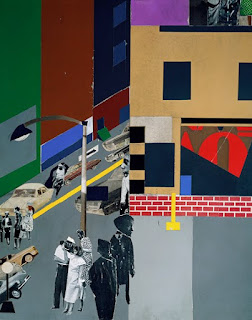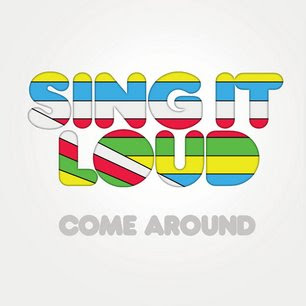
...but does that mean I am a creative girl?! (anyone know that material girl song? that's what song I was imagining while writing that)
We are SO blessed to have sight. Sometimes I daydream, often while taking walks about how amazing our senses are. Once I lost my taste and smell from using zicam, dont buy that stuff. I prayed that if God gave me my senses back I would never use zicam again and I havent. While I really enjoy all five senses, we are going to think about one in particular for this post in light of creativity in visual design and learning.
Do you guys ever think about stuff like that?! We live in a beautiful world. Every day we wake up (if it is early enough haha) to splashes of pink, red, orange, yellow, and blue and see the world go to sleep in the same way. Grass turns green and soft, or brown and hard. The leaves on trees are either green or have eye catching warm colors on them, or they are absent. We can see different shapes and colors of clouds.
What do all those descriptions teach us? So much- about the weather, about the seasons, and about the temperature..
The majority of people were created to be highly visual individuals. We learn so much by our sight. Not all of us necessarily prefer to learn visually but as educators we need to be knowledgable about both how we learn, and how our audience learns.
What kind of learner are you?- Visual? Auditory? Kinesthetic?
We're going to focus on visual learners.
For one minute, reflect on how much you know from visual cues, images, pictures, etc. Ready, Set, Go!!!
What did you write down? We learn so much through our eyes.
- 80% of the brain is dedicated to visual processing.
- Visual processing is not new, its part of our history.
- Written language originated from drawing and sketching.
Now for a minute draw a couple things that you have learned visually? What did you draw?
In light of being an educator, designer, does one have to be a super creative person that knows exactly what colors and shapes will look good, for what purposes, etc?
I found this PPT and was definitely encouraged by it. Please go check it out.
We are a lot more creative and visual than we think out on a daily basis. Dont take your sight for granted. Be thankful for it!

























